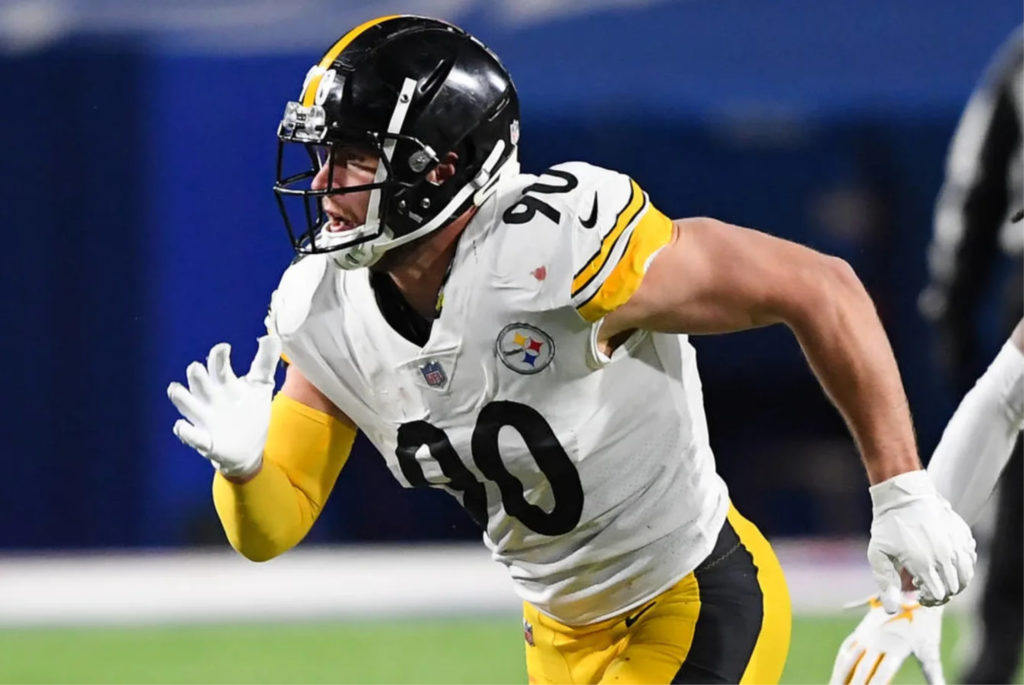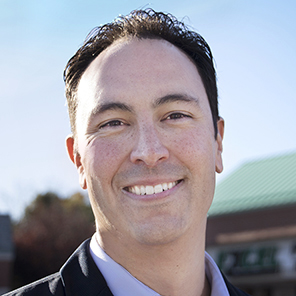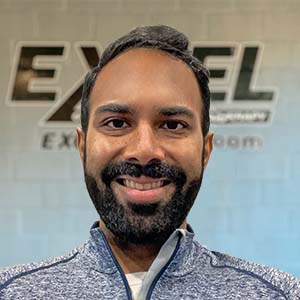
WHAT A WEEK 1. We have been looking forward to the kickoff to the NFL season and it surely did not disappoint. From Josh Allen’s redemption against the LA Rams to Geno’s stand against Seattle’s former signal caller (and every missed field goal in between), there was plenty of excitement to go around.
With the excitement came a few notable injuries. The Pittsburgh Steelers’ linebacker, TJ Watt, came off late in the team’s win against the Cincinnati Bengals. If you’re good at lip reading or have paid any attention to sports news, you’d know that TJ has a reported “pec tear”. Our experts are discussing the injury to last year’s Defensive Player of the Year and his prognosis for the upcoming season.
What is a “pec”?
Vasu Shah, PT, DPT: The pectoralis muscle we’re focusing on in this instance is the pectoralis major, the larger of two pec muscles in the front of the chest. The pec major consists of three heads (clavicular, sternal, and abdominal) that insert into the humerus (upper arm). The pec works to move the arm closer and across the body (adduction), and internal rotates the arm.
Brian Stinton, PT, DPT: With a player like TJ Watt, the pec would be used to hold off a blocker or shed a blocker. There would be a great deal of force and power required from the muscle while doing so.
How does a “pec tear” occur?
BS: Generally, muscle strains/tears are caused when a load is applied to a muscle which is greater than what the muscle can take.
Bryan Del Rio, PT, MSPT: The pec muscle is usually torn during a forceful contraction against an overpowering resistance, or a sudden, stretch of the muscle past its available range by pulling the arm back behind the body, or both together.
VS: In this instance, the mechanism of injury occurred while TJ was making a tackle with his left arm out in extension, eccentrically loading the pec muscle while simultaneously firing into adduction as he tried to pull the quarterback down. When a pec injury occurs, the individual usually experiences sudden pain and sometimes can hear an audible “pop”. (This may be how TJ knew right away that something was wrong).
BS: Fun fact, pec muscle injuries have been increasing in the NFL over the past few years with 67% of the injuries occurring with defensive players.
What does rehabilitation of a pec injury usually look like?
VS: Rehabilitation of a pec injury without surgery involves early pain relief via modalities and restoration of shoulder range of motion through manual therapy and exercises.
BS: For strengthening we typically start with just simple isometric exercises for his pec. As the muscle progresses, the strengthening would also progress to more involved movements – and eventually in TJ’s case, ballistic activities that mimic his sport related movements. For a professional football player, water therapy and underwater treadmills could be a big part of his rehab as he would be able to move the arm on top of the water without the effect of gravity. Players in these situations always need to keep in shape and keep up their level of fitness so a large part of his rehab would involve cardio work and exercises for other aspects of his body not impacting the pec and shoulder.
How is the decision to get surgery versus not get surgery made?
BDR: Whether to have surgery for a torn pec or not depends on the patients’ lifestyle and functional goals, as well as the magnitude of the tear. Patients with an intact tendon attachment (of the muscle to the bone) may elect to avoid surgery. Recovery periods should be shorter for non-operative cases with the caveat that the ceiling for higher level activities could be less than a surgically repaired tear. Decision making associated with injury management can vary on a case-to-case basis.
BS: Surgical repair is performed in about 48% of pec injury cases. Rehab post-surgically would likely take 4-6 months. Without surgery, an NFL player could still potentially be back in 6 weeks or so. If that happens in this case, TJ would likely not be 100% when he came back but would definitely be capable of playing.



